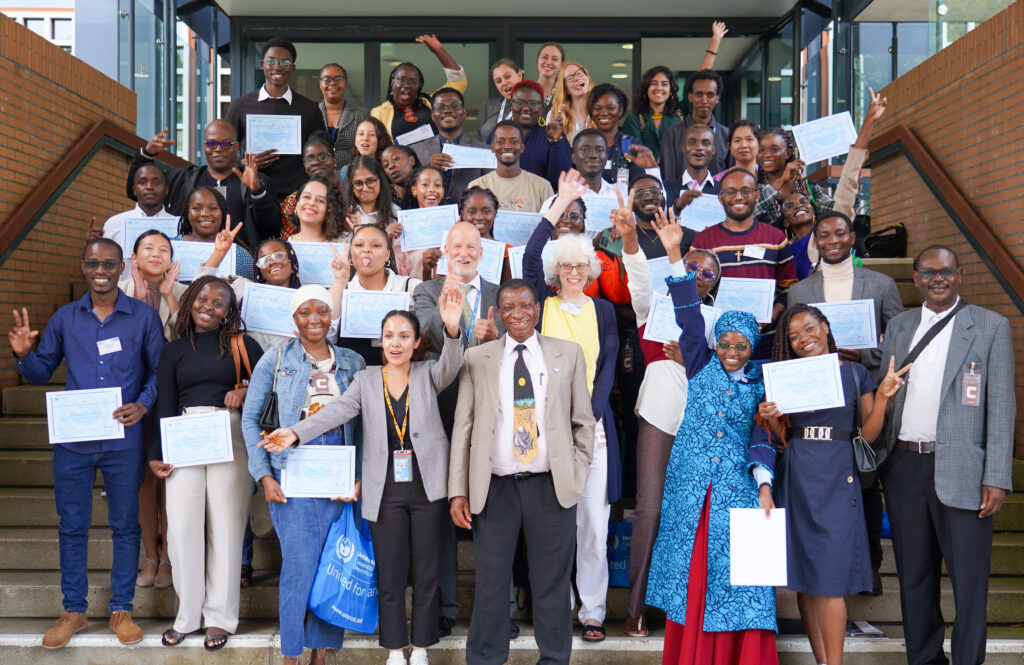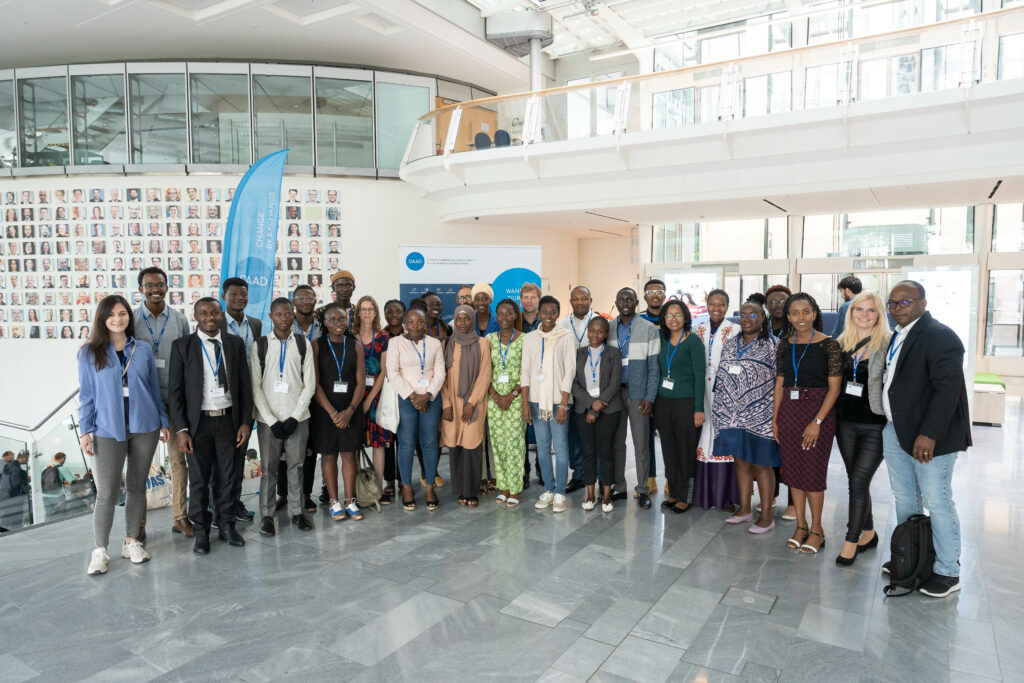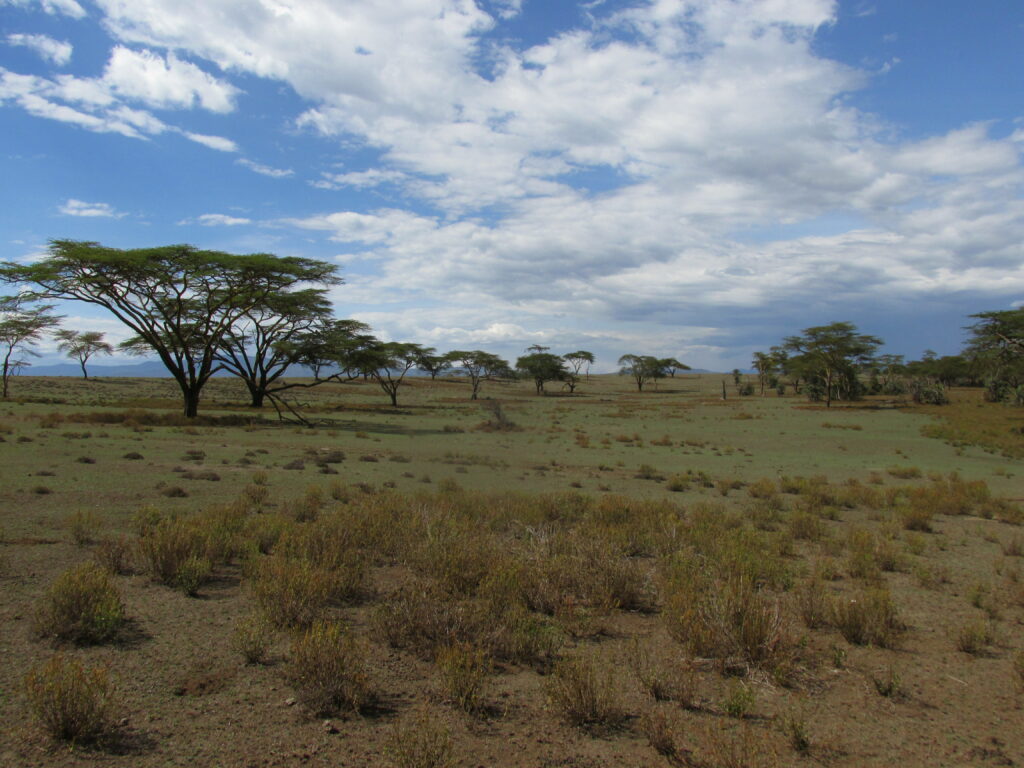
AFAS Summer School 2024
AFAS Summer School 2024 August 26, 2024 – September 6, 2024 Bonn, Cologne ©Yesim Pacal_ZEF. AFAS summer school participants outside ZEF The AFAS Summer School

AFAS Summer School 2024 August 26, 2024 – September 6, 2024 Bonn, Cologne ©Yesim Pacal_ZEF. AFAS summer school participants outside ZEF The AFAS Summer School

AFAS students from the 2nd cohort attend a fieldwork session at the Dahlia Fleur Reserve in Abidjan, as part of our course on Indigenous and Local Knowledge Systems. This excursion aligns with AFAS’s mission to explore how Nature-Based Solutions (NBS) are implemented in the co-management of the park.

Upcoming: AFAS Summer School 2024 August 26, 2024 – September 6, 2024 Bonn, Cologne Students from the first Master cohort during the Summer School in

AFAS alumnus Nouhou Zoungrana took part in the CITES Youth Leadership Program (CYLP) and the launch of the CITES Global Youth Network (CGYN) in Singapore in April 2024. In this blog post, Nouhou reports on the highlights of the event and gives some recommendations for policymakers in Burkina Faso.
Université Félix Houphouët-Boigny, Côte d’Ivoire
Université Félix Houphouët-Boigny, Côte d’Ivoire
University of Nairobi, Kenya
The African Climate and Environment Center – Future African Savannas (AFAS) commenced in 2021 and is one of the DAAD Global Centres for Climate and Environment. AFAS is a consortium between two African and two German universities and strives for interdisciplinary and international exchange beyond academia by working on the science-policy-practice interface. The thematic focus of the center is nature-based solutions for climate change adaptation and biodiversity loss in African savannas.


The project initiative stems from the urgent need to develop sound and robust evidence-based and science-backed strategies to preserve and protect the fragile environments of the West and East African savannas against the combined threats of extensive and diverse land use and rapid climate change. AFAS aims to train young African scholars in the interdisciplinary field of climate change adaptation and biodiversity and to transfer scientific findings into practice, while at the same time reducing the climate and environmental footprint of education, research and international cooperation. The project specifically focuses on the potential of nature-based solutions and of cooperation on the science-policy-practice interface.
Image Film by DAAD